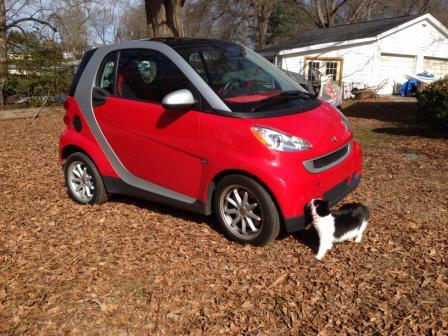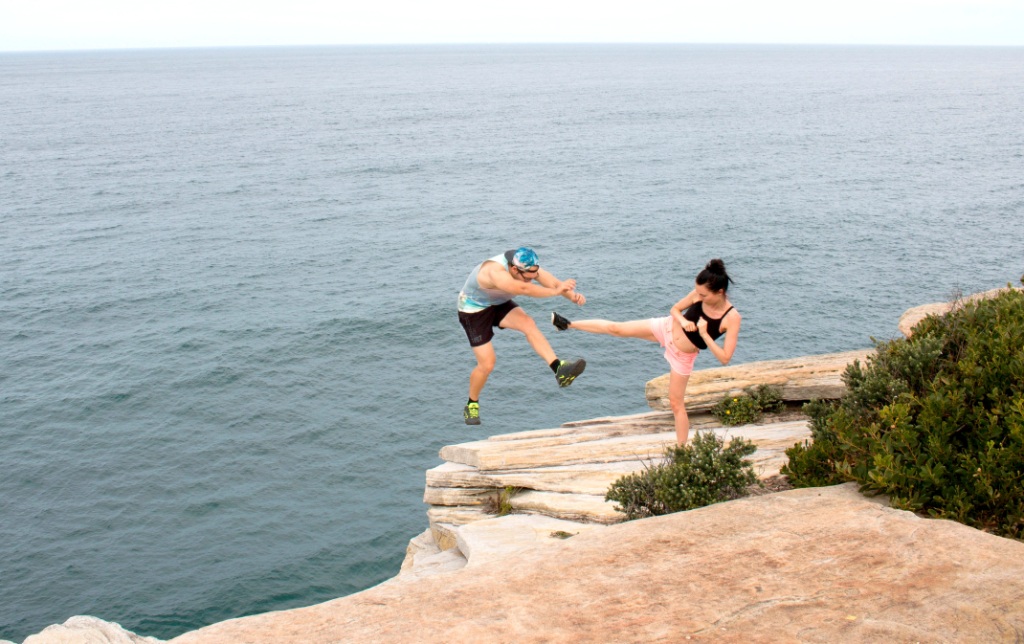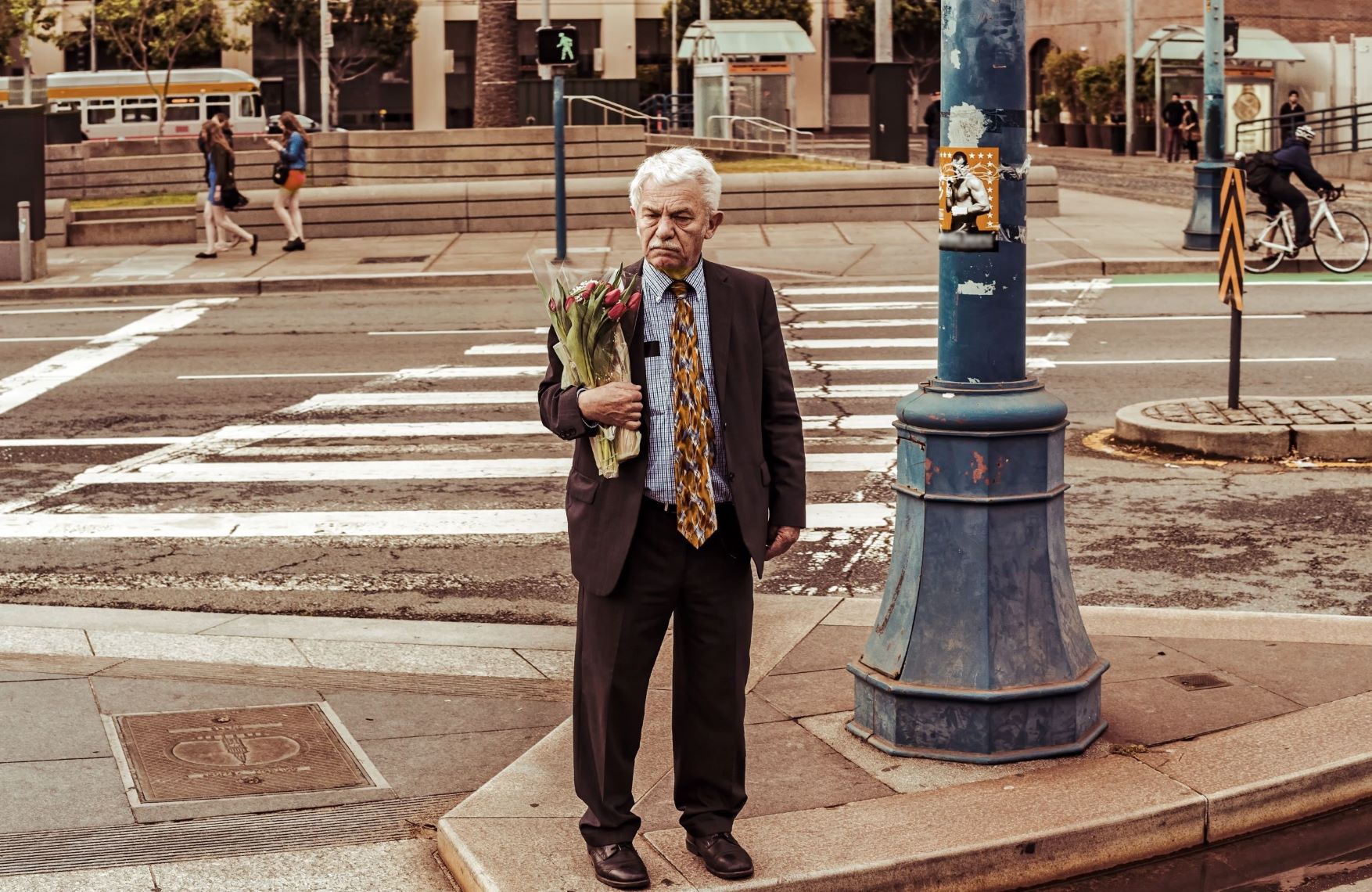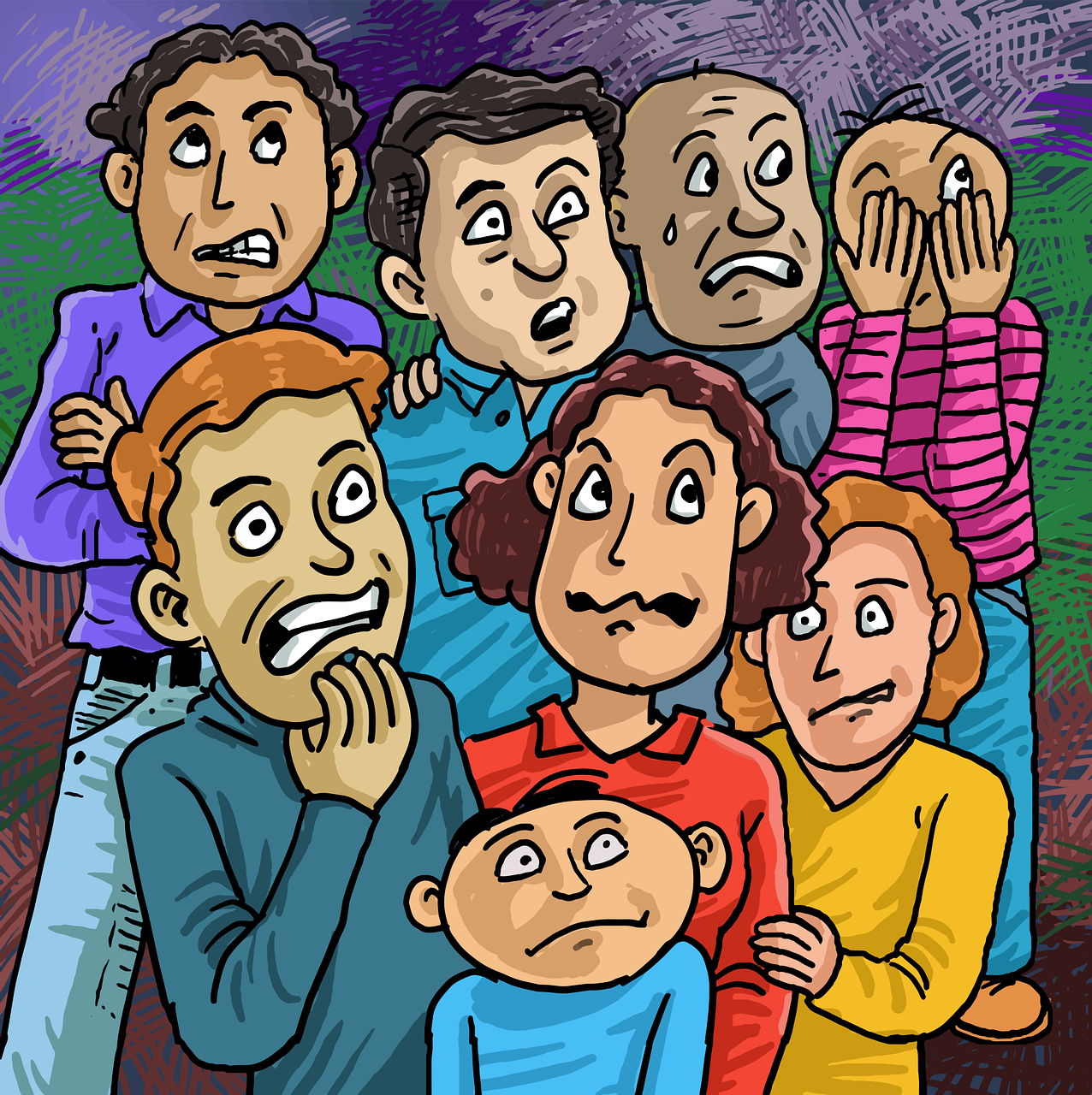 Violence & Common Sense
Violence & Common Sense
 Violence & Common Sense
Violence & Common Sense
| Home | Natural Family Living | Big Life Issues | Animal- Human- Angel |
Culture of Love | Solar Culture | Spirituality | Emotion |
Contact Bruce About PWP Links Photo Credits:- Alert Meerkat (badeendjuh, Morguefile) Cat eyes and whiskers (blary54, Morguefile) Slanted cat eyes (blary54, Morguefile) Horizontal cat eyes (blary54, Morguefile) Green cat silhouette (Alvimann, Morguefile) Dog-policeman figure (kconnors, Morguefile) Cat face close-up in grass (kceuna, Morguefile) Guard Dog (mettem, Morguefile) Cat in front of small car (Randolph008, Morguefile) Cliff kick (plicka, Pixabay) Old Man Ally (Candid_Shots, Pixabay) Bystanders (azmeyart-design, Pixabay) |
Violence & Common
Sense It is very important to be as relaxed or centred as possible. Before you go out, or when you are out, sink into your body, feel your body, notice your breathing, feel centred in your navel or hara.  Be vigilant! It helps to be aware of your environment and be able to predict what will happen. Probably best not to be texting, browsing or have headphones on, when out in public. You lose situational awareness. "Stop willingly giving up your sensory systems." (Tim Larkin) Never trust the words and assurances of a potential attacker. A human predator may use deception, appearing normal and polite until the attack. Watch Using Body Language And Social Norms For Self Defense [6m52s]. Make use of the gift of fear - an innate sense that something is wrong and must be avoided - see here and here. Be prepared to be impolite and honour your intuition by, for example, crossing the street or not entering the lift. Be prepared to break social niceties. Set boundaries with your voice; at the very least, it reveals his intentions; at worst, it forces him to reconsider them. Obviously - if you can - it is best to avoid dodgy areas or dangerous times. For example, take the longer but safer route. Vigilance brings a better chance to evade danger and/or act first if you find yourself near a choiceless asocial situation. Also see:-
 If you feel you cannot avoid a violent area, consider that in San Francisco there is The Wraparound Project, which reduced the rate of violent re-injury by 72%. They talk of a 'teachable moment' for 48 hours after a person is hospitalised due to being shot, stabbed or assaulted. It is a critical time when support and lifestyle change can be embraced. For example, one man who had been shot on three separate occasions changed his lifestyle and moved out of the violent area - see here. Stalking
Put a STOP to it:- S - Say No - Tell the person once that you do not want any contact, and then do not respond further. T - Take Notes - Keep a diary of everything that happens and save evidence. O - Options - In the UK, call the National Stalking Helpline on 0808 802 0300 to discuss your options or email advice@stalkinghelpline.org. You can also call Paladin on 020 3866 4107. In other countries, research your options. P - Police - Stalking behaviour is illegal. Report it. Also very important:- - Tell friends and family about it. - Take digital safety seriously. - Vary your routine. - Trust your instincts. It can be like murder in slow motion. You are the best assessor. (Adapted from BBC, posted and accessed 10 October 2017) Also see:-
An awesome free app appears to be Hollie Guard. A simple shake or tap activates it, automatically sending your location and audio/video evidence to your designated contacts. See here, here, here (3m45s), here. Other resources:-
Why get involved in altercations which are avoidable, when a blow to the head can kill a person? A collision of head onto planet can kill (see here, here, here, here, here, here, here, here, here). In fact, you don't even need to physically harm someone to kill them (see here, here, here, here). Even silly arguments with loved ones can turn fatal (see here, here). Why risk your death? Or the life of another? Your single punch may mean you endure a harrowing legal process, possible imprisonment or the death penalty (in certain countries). Also, you will have to live with your decision for the rest of your life (see here). It ruins two lives (see here). "One punch, two lives." This is the risk of getting drawn in to antisocial violence. Surely, it is best to avoid fights and arguments, if you can. Be the hero and walk away. Inform nearby security staff and police of any trouble. You never know what can transpire: (1) Tim Larkin discusses two funerals (Leandro Lo, Chris Davidson), a destroyed career (Doug Ramsey), and reflections on jail time. (2) Tim Larkin gives Lessons From An Avoidable Knife Attack [warning: graphic content]. If violence is unavoidable, know that you can unsheathe your self-protection ability, like Target Focus Training. Remember that 'Surveys show that a victim who fights back with vigor usually forces the attacker to abort' (Geoff Thompson, Dead or Alive, p.186). Otherwise, de-escalate. Step/run away! Avoid, avoid, avoid.  As to 'Stop-and-Search' by the police, the advice is to remain calm. Deescalate it. Know your rights. If necessary, complain later about unlawful acts. Watch here. Long-term I believe that the societal/financial inequality between minorities and whites need to be addressed so that crime is naturally reduced (also see here). “Many men and women do not find their place in society; they feel ignored, looked down on and above all, useless – one of the worst feelings there is. So how then, will they use their energy? Since they are not given the chance to build anything, all that’s left to them is destruction. And destruction can take on so many forms. It’s not that they have a particularly nasty nature, but when people feel unfairly ignored, the only remaining way to draw attention to themselves, is by committing acts of destruction. Being sensitive to other people’s regard for, and opinion of you is not reprehensible in itself. However, your self-esteem and sense of self-worth should never depend on another’s view or opinion, but rather on your awareness of the secret work you do deep in your heart for the good of the whole world. So, even if society does not seem to need you, don’t let it upset you: you will always find a place where you can do something useful, good and beautiful. And whether what you do is recognized or not, it will make you joyful.” (O.M. Aïvanhov) Dogs at home are good deterrents. Criminals tend to avoid such homes. Dogs - no matter their size - are alert, unpredictable, noisy, not so easily intimidated, and generally cause complications for the criminal.
 Learn more about car self-defence (with a handgun) when immobilised in a violent mob: ‘How to Use Your Car For Self-Defense…’ Part 1, Part 2, Part 3. Abduction Tips:-
'Many
attackers use the threat of a weapon to scare their victims into
going along quietly when they abduct them. The abductors then take the
victims
to a secluded location to commit their crimes. Fighting back
immediately and
fiercely is essential in these cases. Once the attackers take the
victims away
from the abduction scene, the chances of escape diminish with every
second.'
Making
a lot of noise (e.g. screaming, battle cry) may help. Attackers
don’t want the complications that the attention may bring
from those within
hearing distance, and may halt the attack.
Rape Tips:-
'Recent
surveys have shown that women who fought back against armed rapists
came away
with no more injury than those who did not fight back.'
...3
Chokes EVERY Woman Should Know! (GracieBreakdown, 11m4s)
Six Bedroom Techniques EVERY Woman Should Know! (GracieBreakdown, 1m2s) 8 Jiu-Jitsu Chokes [for cars] EVERY Woman Should Know! (GracieBreakdown, 2m5s) 6 Creepy Hug Defenses for EVERY Woman (GracieBreakdown, 1m) 6 Street Chokes Everyone Should Master! GracieBreakdown, 1m33s)  Men as Allies Usually self-protection advice - as for much of this article - is about what you can do to avoid and handle violence. Typically women use common sense with: lengthy detours, well-lit streets, talking on the phone, clutching keys as a ready weapon, wearing comfortable shoes to be able to run away, texting to say she arrived home safely. But seldom are men asked to change their behaviour to reduce the anxiety and fear women feel in public. Rarely are men taught how they can safeguard the women in their community. So, what can men do to make women feel safer? After the abduction and murder of Sarah Everard in London in 2021, women gave these guidelines to men (posted and accessed 10 March 2021):-
 Bystanders How can you be a sheepdog - not a sheep - when the wolf is around? There are various ways, depending on things like: your training, your safety, the wellbeing of those close to you, how obvious or not the violent incident is. Asocial violence requires a specific response, but otherwise surely the 5 Ds surely can guide you?:-
 |
This
article has the following headings:- 1 - Awareness 2 - Teachable Moment 3 - Stalking 4 - Technology 5 - Avoid! 6 - On respect, Feeling Useful & Doing Good 7 - Dogs 8 - Carjacking Tips 9 - Abduction Tips 10 - Rape Tips 11 - Men as Allies 12 - Bystanders __________ Also see:- Violence articles __________ |
| Top of Page | Contact Bruce |